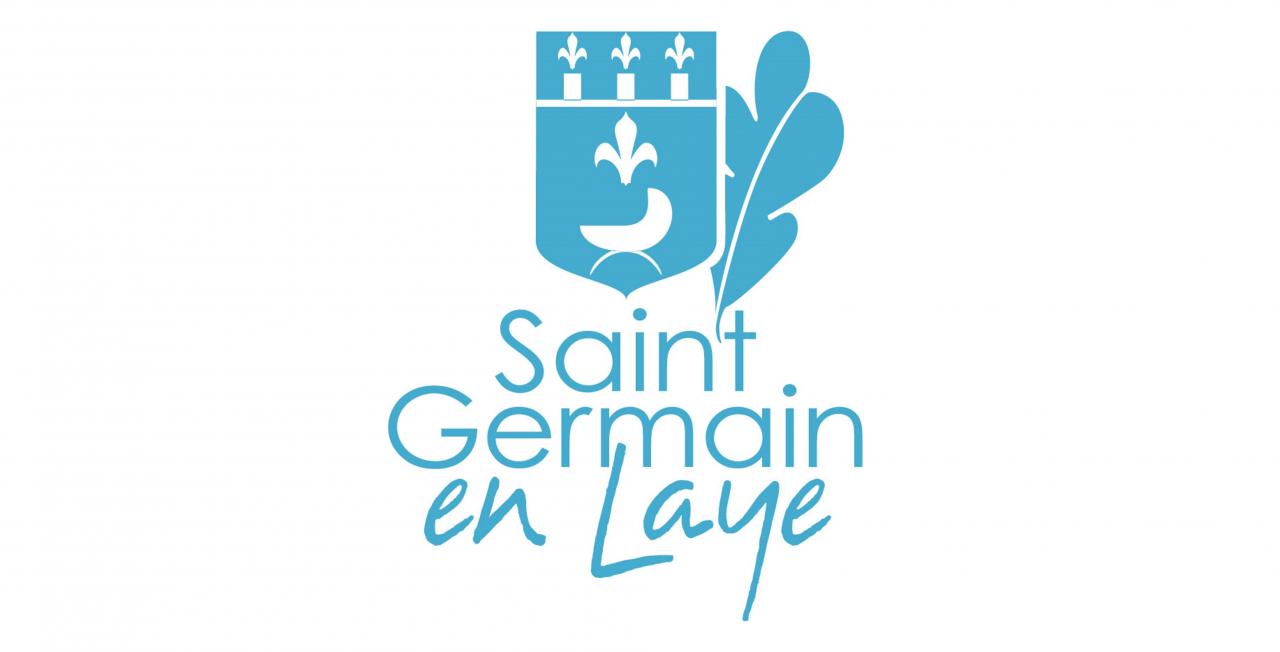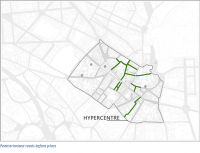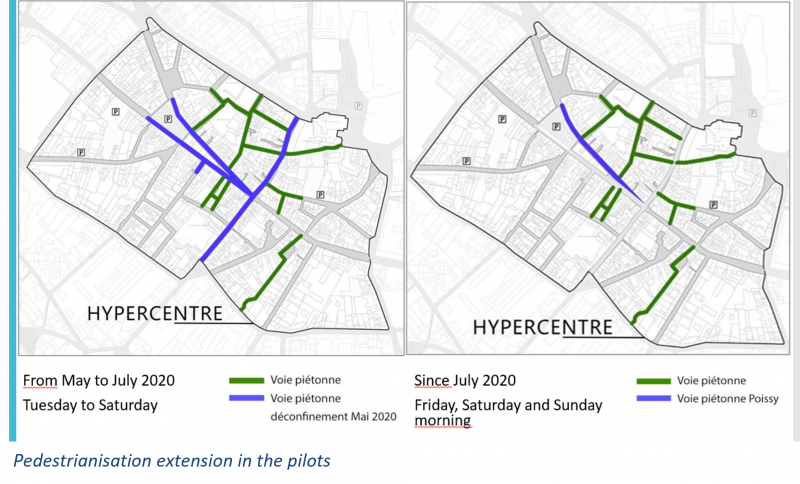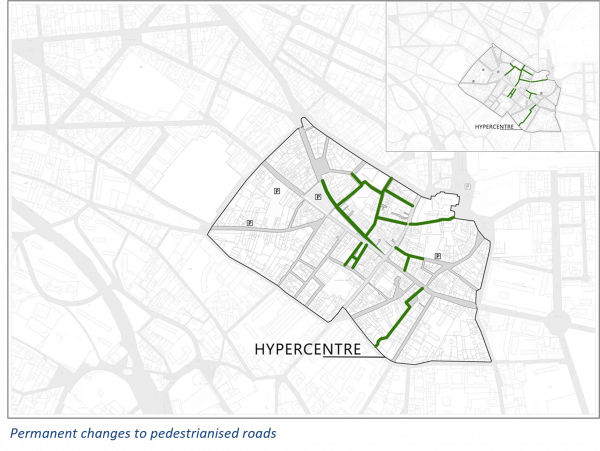
Saint-Germain-en-Laye is home to 46,200 inhabitants and belongs to the urban areas of Paris located about 20 km west of the Paris centre. The city is a strong educational centre with international schools for the diverse nationalities living in the Paris agglomeration. Saint-Germain-en-Laye has a strong city centre – called the hypercentre – with more than 500 retailers and service providers, presenting thus an attractive position for its residents and people of the surrounding areas to come to Saint-Germain-en-Laye for shopping and leisure and recreation activities.
One of the objectives of the city is to advance pedestrianisation of the city centre as well as its soft connections to major transport hubs, specifically the light rail RER service attached to the north of the city centre. At the time of the COVID19 pandemic lockdowns, Saint-Germain-en-Laye recognised both the need to provide people with safe outdoor space to move around as well as the opportunity to accelerate pedestrianisation objectives by applying pilots in the city centre.
Within Space4People, Saint-Germain-en-Laye is part of the URBACT family for the first time. The URBACT method and its strong focus on co-creation quickly convinced the city to develop its pedestrianisation plans jointly with residents, retailers, gastronomy and other stakeholders present such as visitors to the city centre. During the first lockdown in 2020, Saint-Germain-en-Laye realised that it can drive a forward-looking response to the Corona crisis by pushing its pedestrianisation plans to the front of the city development agendas. Starting with May 2020, Saint-Germain-en-Laye consequently put a pilot to practice extending the pedestrian area in the city centre. The city applied different versions of change to public space using low-cost options to reconfigure public space use, such as flowerpots or additional space to gastronomy and shops. The test applied fromTuesday to Sunday morning first and was followed by a second version from Friday to Sunday morning. Based on the first experiences, the next step of the actual series of pilots was to transform the city centre to an open-air market. The city tested amongst others the best location for additional bicycle parking by putting these at different locations in the centre.

Connecting to the pilot activities in public space, Saint-Germain-en-Laye ran a series of surveys on the experiences and opinions of different stakeholders to learn for permanent changes to apply. Restaurant owners reacted positively to the piloted extension of pedestrianised areas asking for further small-scale items such as plants to better design the freshly gained additional space for their business. Restaurant owners just located outside of the pilot limits asked to install elements and information to guide pedestrians also to their businesses. Shopkeepers reacted positively to the piloted changes, too. Half of all surveys answered by shopkeepers directly asked for continuation of the changes. All shopkeepers supported the idea to place car parking at more remote locations and perform the last mile to the city centre by electric buses, bicycles or scooters.

In addition, Saint-Germain-en-Laye conducted a survey directed towards its inhabitants and visitors to the city centre from outside the city limits. The main lesson learnt was that people need to re-establish trust to move in public space as a consequence of the COVID19-shock. And the measures tested are going in the right direction.
Saint-Germain-en-Laye was able to take up long-time plans for the extension of pedestrianisation in its city centre by making the best out of the emergency of the COVID19 pandemic. The city was able to accelerate the drive for more attractive public spaces and continues its work to transform experiences from the pilots to permanent improvements.

Stay tuned to our reporting on Saint-Germain-en-Laye’s activities coming up soon with details on the survey for residents and visitors, the permanent changes concluded to the city centre road Rue de Poissy and another co-creation project on the Rue d’Hennemont.

